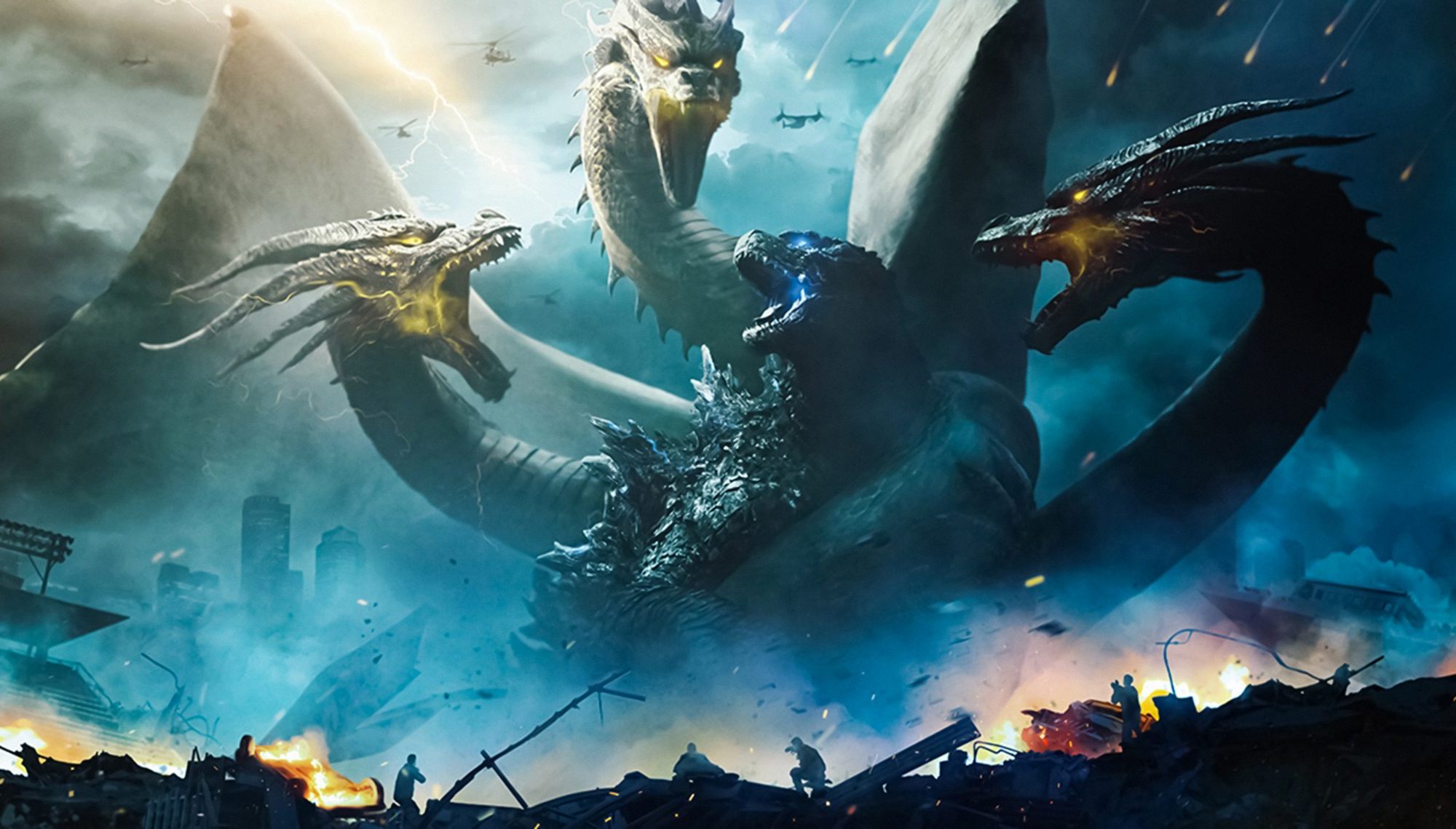A Kaiju in the engineering room

The present world of engineering tools is being increasingly dominated by large corporations fielding “platforms” targeting the digital thread paradigm.
Each platform is comprised of several semi-independent products/sub-systems. Some of these sub-systems are fairly modern – internally developed or acquired and integrated into the platform, while others are stuck with the past technology choices. No platform is presently able to fully cover the entire digital thread landscape. All these platforms dislike data exchange with the outside world, especially between themselves. Certain popular sub-systems like CAD are integrated with the competing platforms directly, causing a silent consternation for both sides.
And then there are end-users, who both enjoy the fruits of ever-growing engineering efficiency via automation and integration, and at the same time feel increasingly entrapped by these platforms. It is paradoxical that the same engineering tools that were once supposed to help companies with their processes, now end up brutally forcing these companies to remake their entire processes based on vendors’ vision and market strategies. Dragging a horse to the water is a noble idea, but what if it is not water but bourbon?
In the cultural domain, there is one track that I feel correlates with the above trend: the Kaiju movies in general, and particularly the Godzilla franchise. It is a direct metaphor for what is happening in the engineering tools world.
The 1998 Hollywood version of Godzilla was an animal, genetically modified by radiation from a nuclear test, eating food and giving birth more or less as all earthly animals do. The dimensions were exaggerated without regard for structural integrity, but that was still OK, it was just a movie.
In the 2019 version, Godzilla and its titanic comrades were no longer animals, but creatures of unknown fit and unclear function, except for their respective abilities to destroy everything, each in its unique ways. Their responsiveness and subsequently an ability to communicate between themselves using a specific wavelength signal was a peculiar feature pointing at all of them (not only the big bad King Ghidorah) having extraterrestrial origins.
To be honest, King Ghidorah had the most impressive features of all the monsters. It could walk and fly, it could do both close combat and ranged attacks; its three heads seemed to be independently intelligent and they could regenerate when damaged. It was also anaerobic, which made a human vacuum bomb tech irrelevant against it. Compared to King Ghidorah, Godzilla was just an obsolete brute.
Still, Godzilla, joined by Mothra (KIA), and supported by American military eventually managed to defeat King Ghidorah, which brings us another lesson: a collection of independent lower-end systems capable of exchanging information, collaborating intelligently, and focusing on the same goal may be stronger than a single super-powered platform.
It would be highly inappropriate for me to directly link any particular PLM market player to a specific Kaiju; I am leaving that for the readers. Which Kaiju has bigger claws or fangs, stronger legs or wider wings, or more annihilating breath? Which PLM player has a better proprietary CAD portfolio, cloud-first infrastructure and specialized products add-ons?
Compared to Kaiju, present day PLM vendors do not share a serious standard data exchange protocol. CAD sub-systems are actually ahead of the game: STEP and slightly more versatile JT are quite ubiquitous these days, although loss of PMI is always a concern. However there is close to nothing for pure PLM data. The OSLC project has been present for quite some time, but it doesn’t seem to have any meaningful adoption – perhaps because of IBM being involved?
I want to specifically highlight OpenBOM, because it smartly attempts to provide that universal gateway between different engineering datasets, it is cloud-first and it has a rich standard API. Still, it is just a small system focused on BOMs, and it is not a standard. It may also be eventually acquired and become a part of another Kaiju.
Last but not least, I want to talk about databases. Presently all major PLM vendors are using relational databases for storing their metadata, and in case of CATIA V6/3DExperience CAD data too. However, their own engineering logic is inevitably more like a graph. Mapping a graph to a relational database is expensive. Moreover, the entire digital thread concept may no longer satisfy the relational database paradigm, which was originally created for storing accounting-style data. My take: the digital thread is effectively a knowledge graph, and the time has come to re-imagine PLM from that angle as well.
According to my recent fireside chat with ChatGPT, “the only thing more intimidating than a big, bad Kaiju monster is a big, bad enterprise application.” I strongly disagree: there is no such thing as a bad Kaiju, you simply need to know how to manage it, which involves both knowledge and patience.
Bring the Senticore Technologies team to your favorite Kaiju and we will help you tame it with external integrations, DevSecOps, performance optimization and a few other treats to make the beast and your company’s engineering processes safer, faster and more innovative!